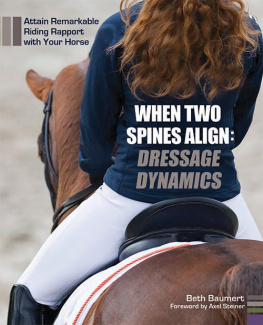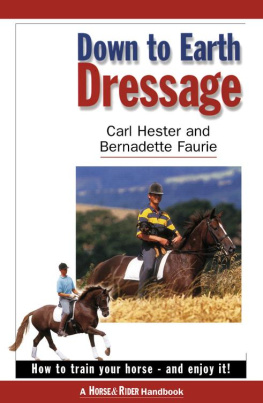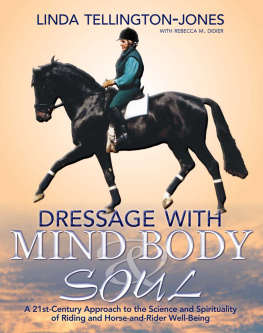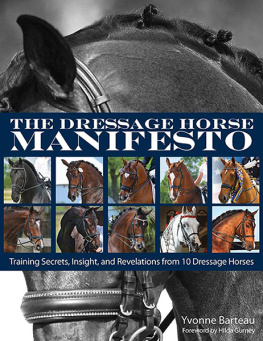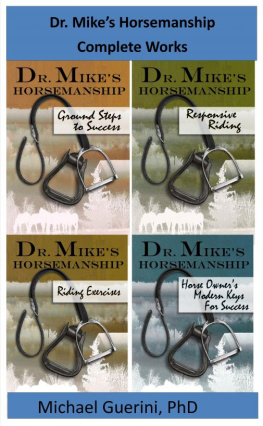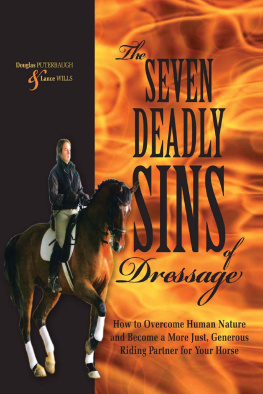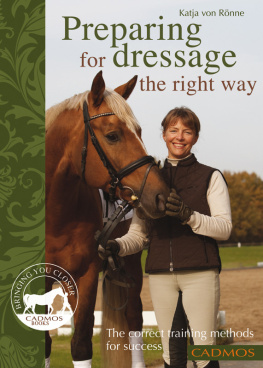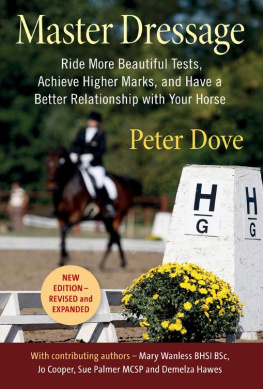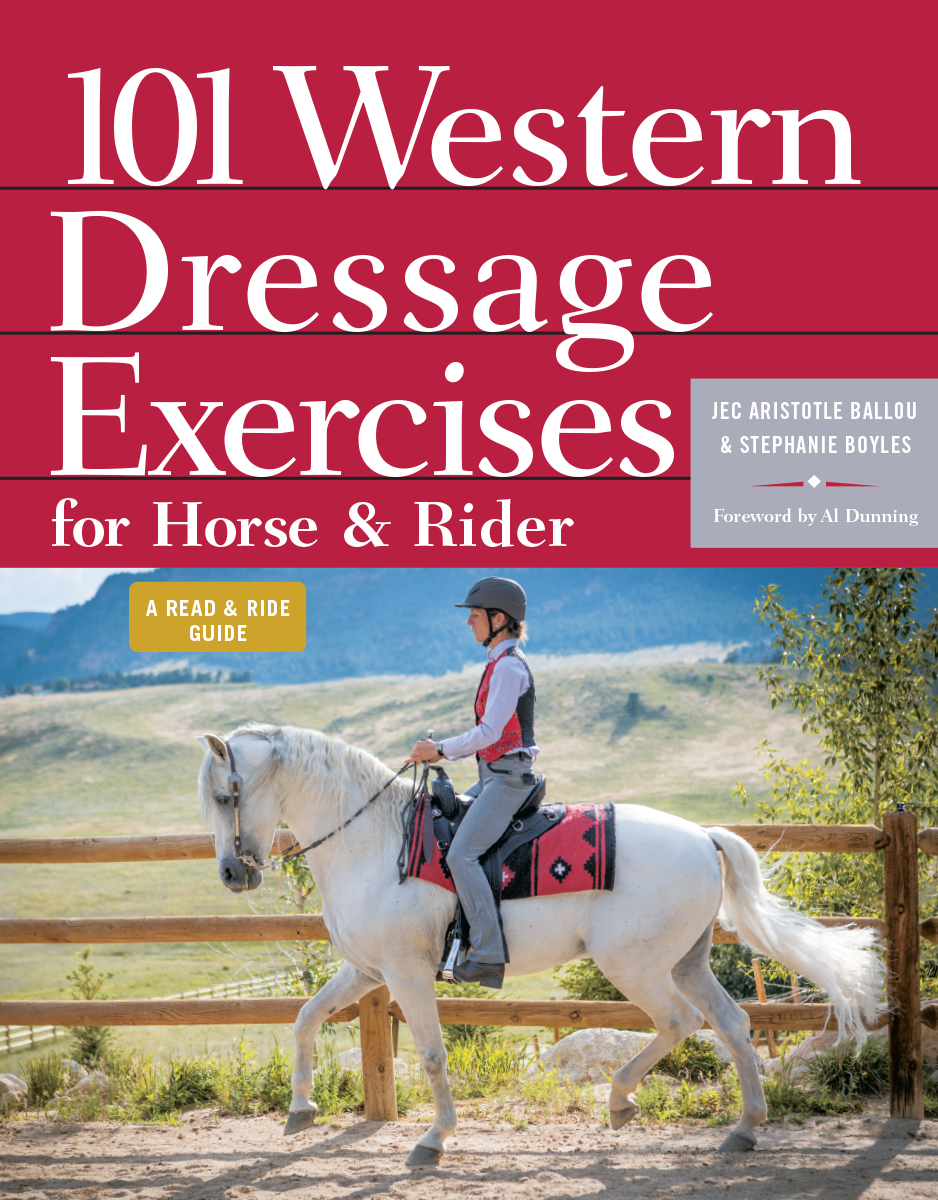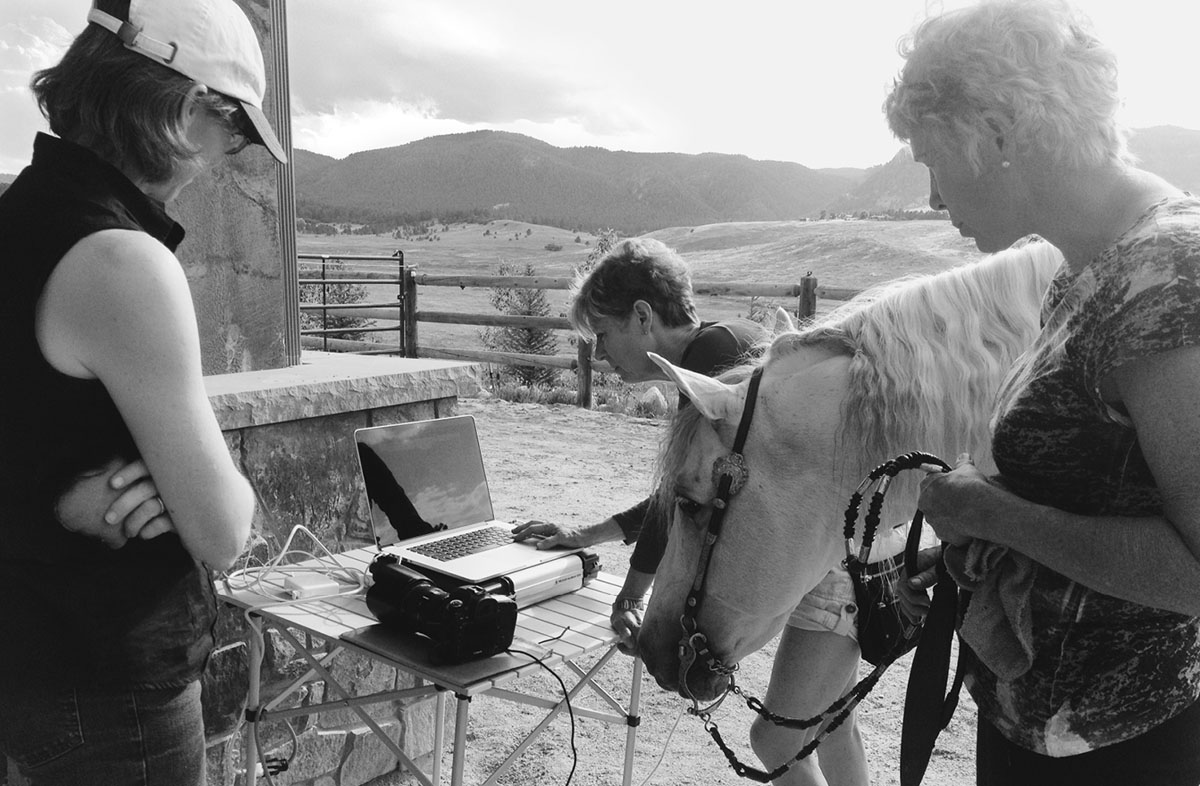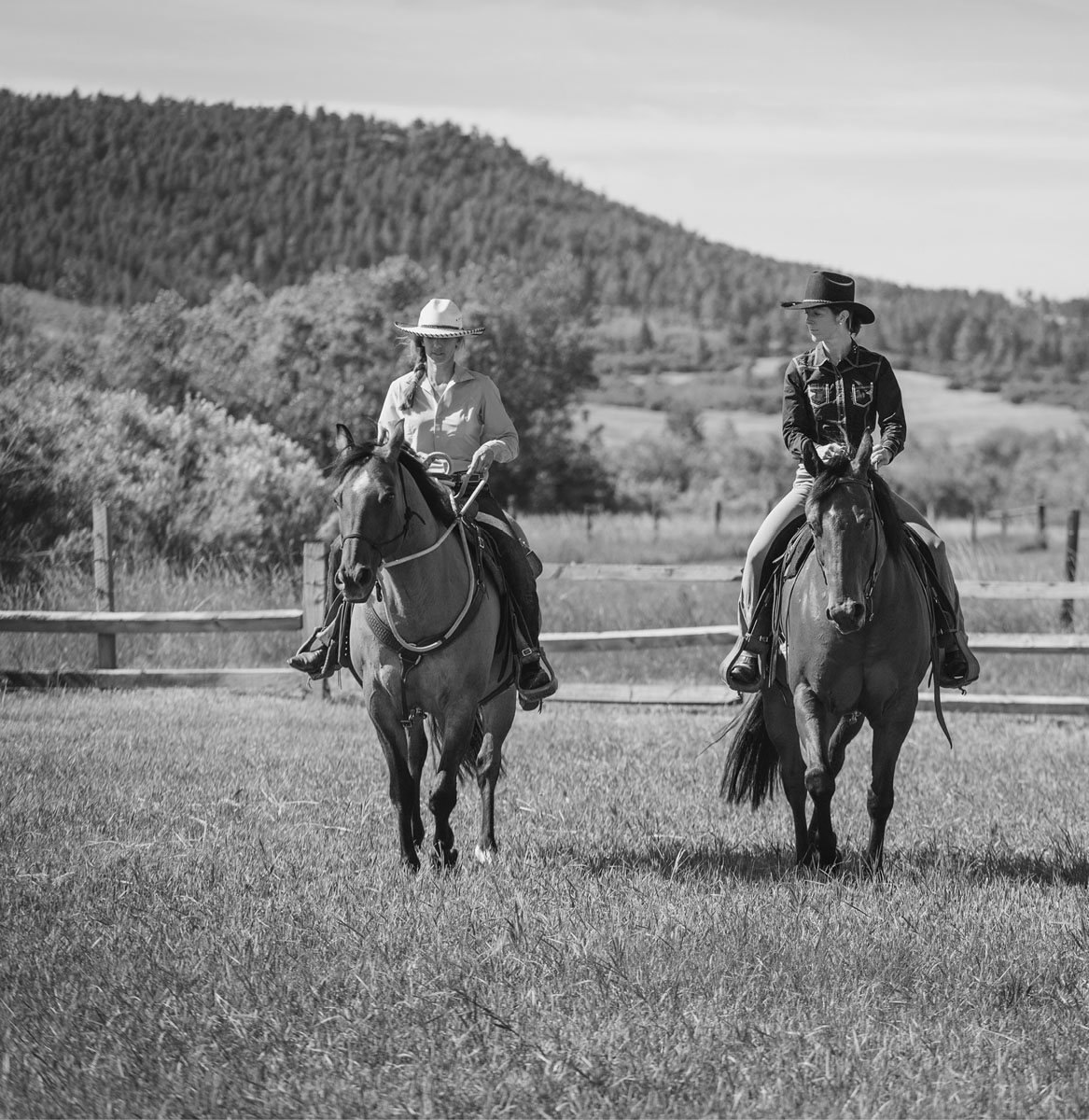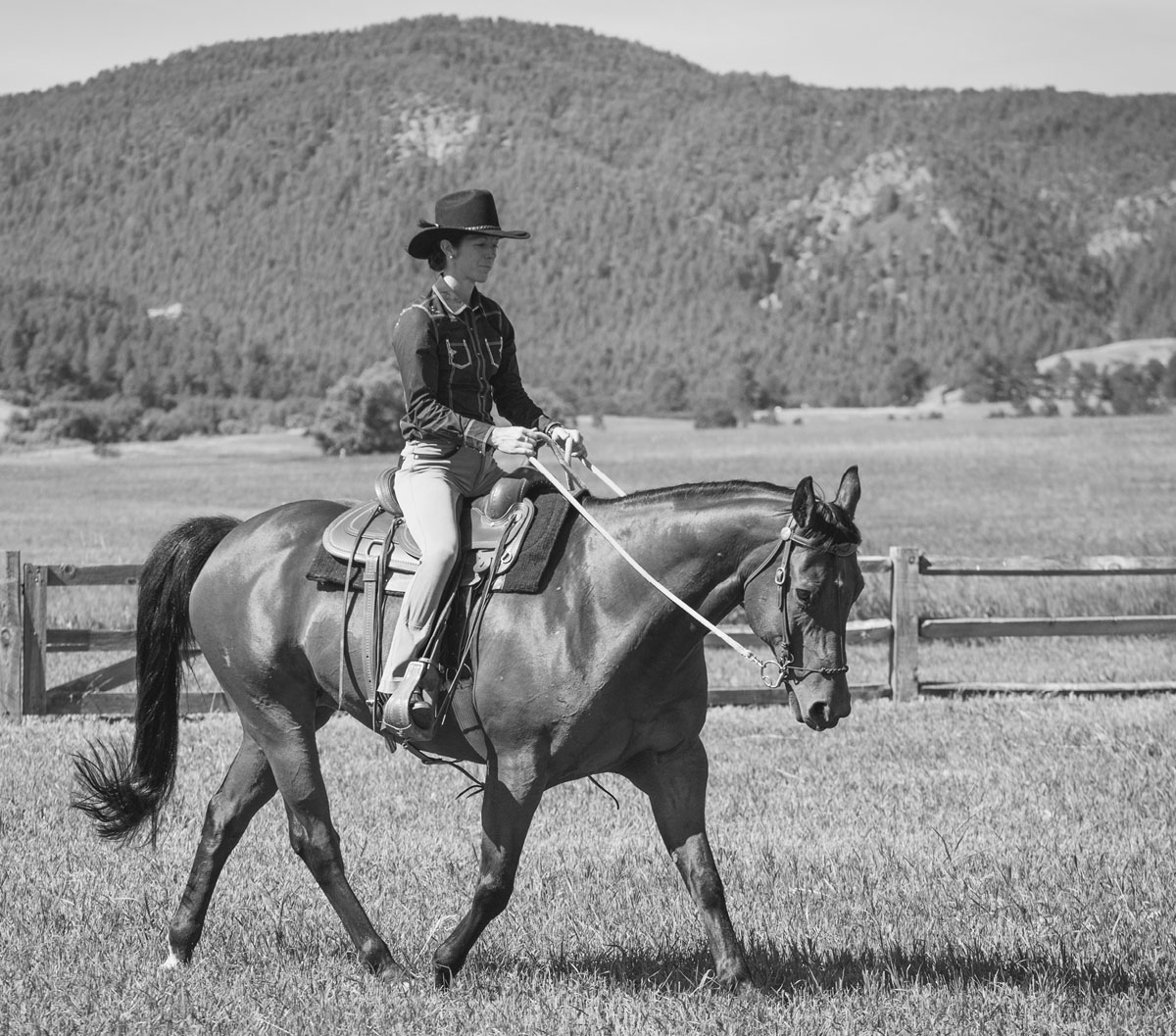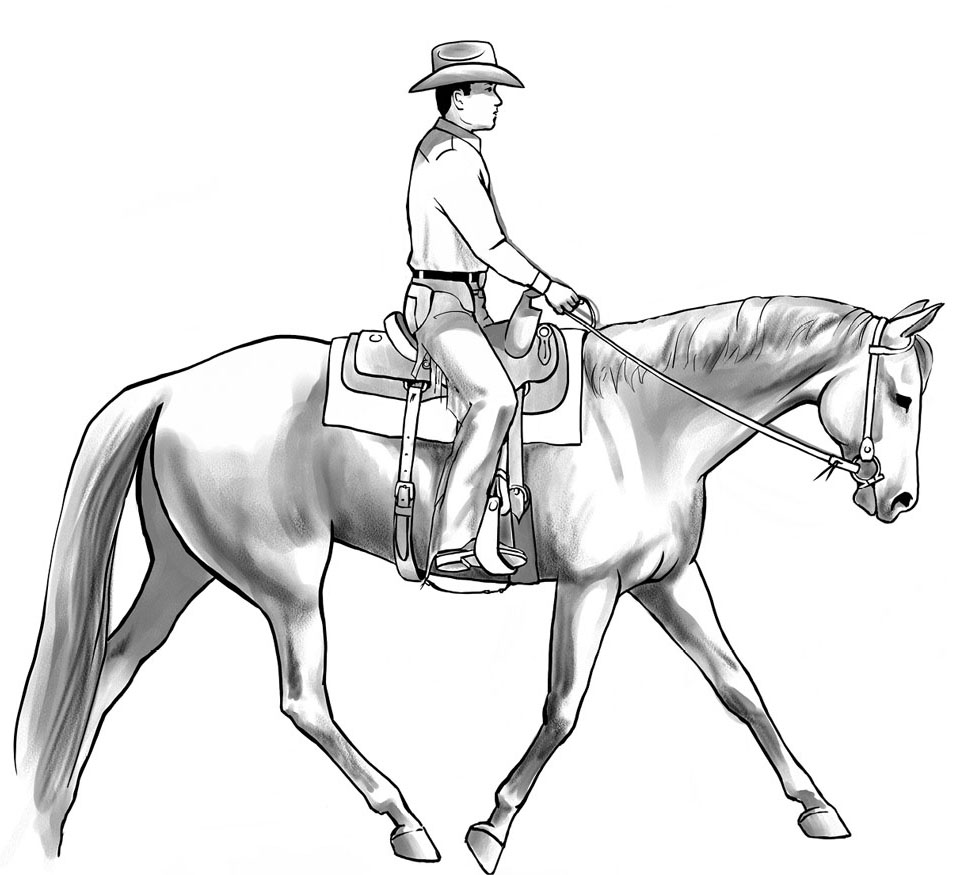We gratefully acknowledge our debt to Frances Carbonnel and her stunning stallions Fino and Estaban, who cheerfully trailered many miles, unloaded in a strange barn, and performed flawlessly under somewhat taxing circumstances to capture these photos.
And we could not have had a lovelier setting or a more gracious host than Angela Seda-Garvin, who opened her facilities to us and on short notice and without blinking an eye pulled Calypso and Rockabye San Doc out of retirement, saddled them up, and then cheerfully agreed to act as a model. Her gorgeous stallion Kiosco SMDR also acted like a star.
Thanks go to David Kaden of Specialized Saddle, who went out of his way to ship us the beautiful Western Dressageoriented saddle that Fino is wearing on the cover and .
Finally, we enjoyed working with photographer Jason Houston, who cheerfully met every challenge and figured out how to make it work, while enduring scrutiny and suggestions from almost everyone involved.
Contents
Foreword
In over 40 years of training horses and riders to their full potential, be it in reining, cutting, showmanship, or any other discipline, Ive noticed two things: one, that theres an awful lot of very technical information and equipment out there claiming to improve your horse and your riding; and two, in spite of that, theres still an awful lot of very poor horsemanship in the world. Too many people focus on all that technical stuff and lose sight of the fact that they should be learning for the sake of the horse more than anything else.
Many years ago, when I was training with the great John Hoyt, he told me, Youre doing a fine job riding that horse, but youre so busy thinking about what youre doing that youre not really thinking about what hes doing. It took me a while to realize just what he meant by that, but eventually, thinking about what the horse is doing became the foundation of my training methods as well.
Its important to be aware that you cant just sit in the saddle worrying about where to put your legs and what to do with your hands theres a horse underneath you that needs to be listened to and observed all the time. You have to always be developing your sense of the horse and how hes moving and what hes thinking.
It seems to me that traditional Western riding and classic dressage training have always had more in common than they have differences. The best riders and trainers in both traditions focus on bringing out the best in every horse in a way that works for that horse, rather than imposing a one way fits all method. They arent just making the horse do something, but teaching the horse to want to do that thing and to understand what is expected of it. Its crucial to make a horses mind as supple and willing as its body.
One of my rules is that you should never be bored riding a horse. You can always make yourself a better rider, which will make your horse better. Sometimes, though, you need to be prodded to see your horse and your riding with fresh eyes, to learn something new and think about things a different way. This book is a terrific tool for helping you do that. Theres plenty in here to benefit horses and riders at every level and from every discipline.
Each chapter covers an area of development, such as looseness or adjustability, with good explanations for the importance of each. The exercises can be combined in any way that makes sense for an individual horse or rider. Whether youre looking to refresh or hone your own skills, tune up a performance horse, or start a youngster from scratch, youll find 101 Western Dressage Exercises useful, informative, and worthwhile.
Al Dunning
Scottsdale, Arizona
Chapter 1
What Is Western Dressage?
At its core, Western Dressage is no different from classical dressage. Many Western horsemen agree that the goals and methods for training a Western horse are the same as those used over centuries among classical dressage enthusiasts. The relatively new discipline of Western Dressage bridges the alleged separation that has existed between these two worlds, bringing together the history and culture of horsemanship of the American West and the ancient traditions of dressage practiced in institutions such as the Spanish Riding School.
Some say it combines the superb, almost intuitive riding of American cowboys with the systematic training methods of venerable European institutions. Western Dressage also acknowledges and embraces the fact that the typical Western stock horse is built differently from the breeds most often seen in todays classical dressage ring.
For many, this marriage was only a matter of time. With its commitment to harmony, lightness, good horse-human connection and communication, and athleticism, Western riding is a natural development for dressage. Western Dressage uses the principles of classical dressage to improve the balance, cadence, and carriage of a horse.
Following a progressive training path similar to that of traditional dressage, Western Dressage begins with an individual horses natural ability to carry himself and uses increasingly more difficult gymnastic exercises to improve that ability. Some of the ongoing goals include a horse that moves with his center of gravity shifted toward the rear; has greater elasticity in his muscles; shows responsiveness to the aids; and demonstrates perfection of longitudinal and lateral balance. Overall, the horse should be able to work with ease and grace through progressively difficult patterns and exercises.
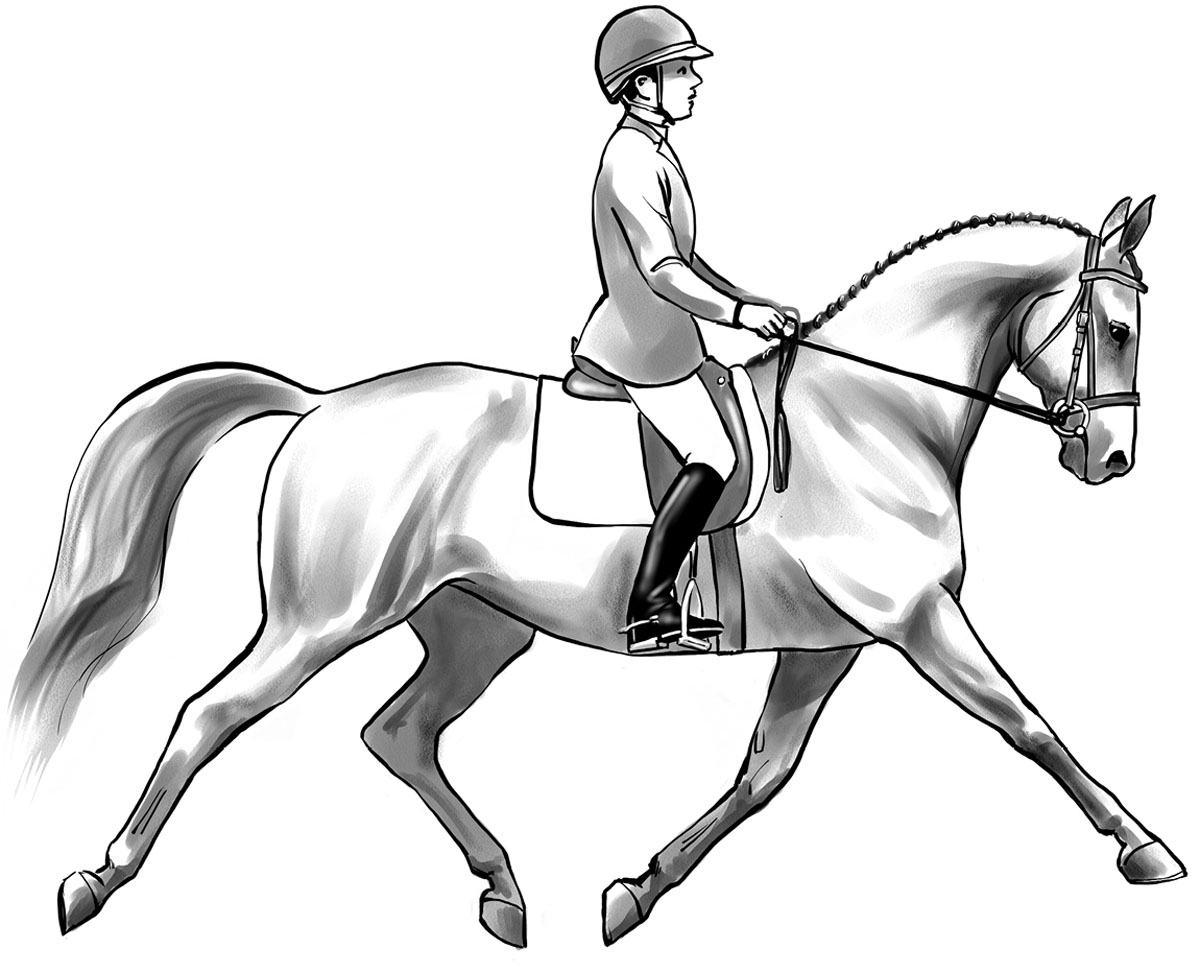
Competitive dressage horse
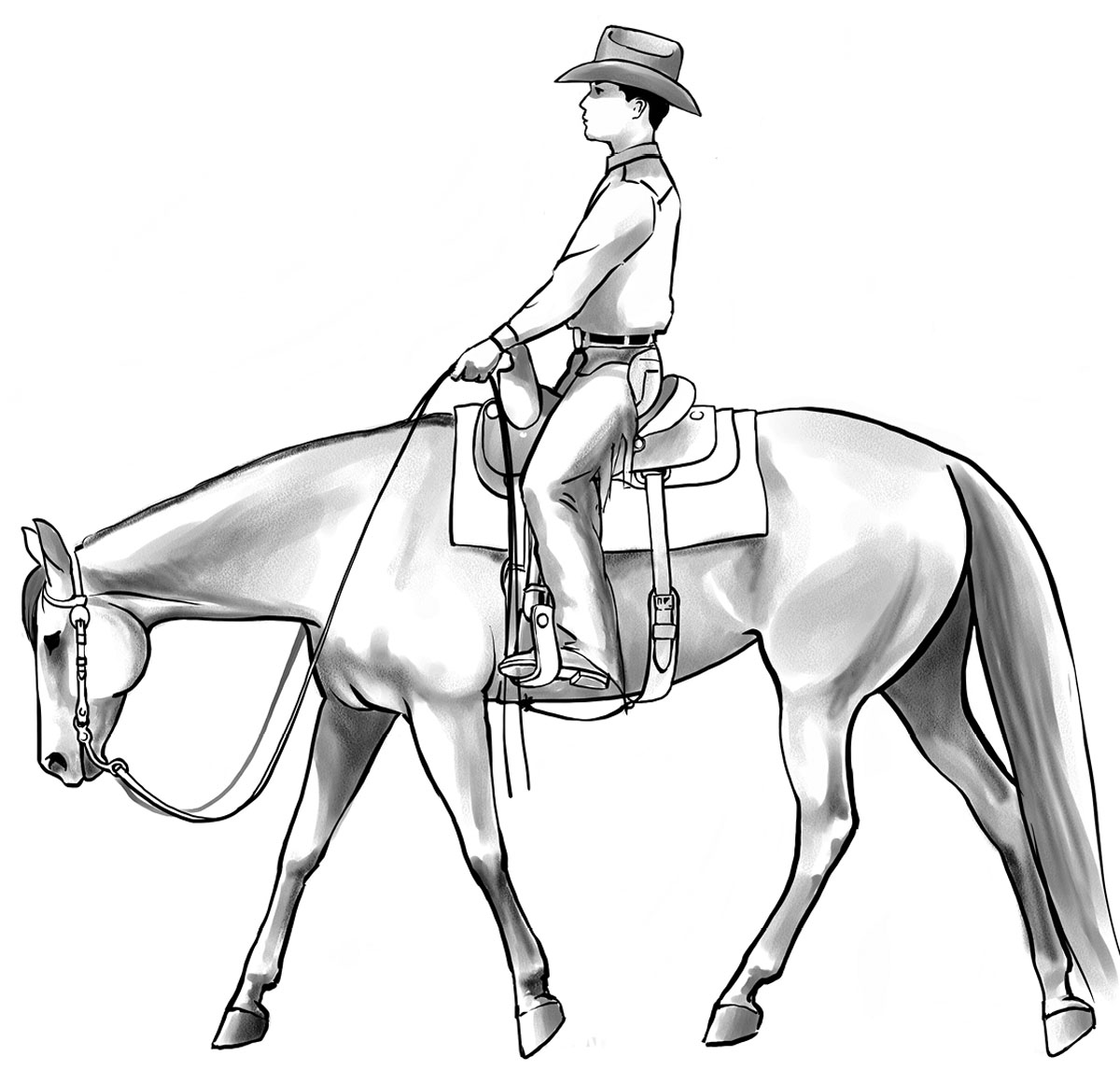
Western Pleasure horse
What Does Western Dressage Look Like?
A Western Dressage horse moving correctly on the bit should demonstrate that he stretches into the riders contact. He should not be shown with a draped rein. Instead, there should be light rein tone evident between horse and rider. It should appear that the horse is seeking a feel of the riders hands, with his neck arching and stretching forward from his body. You might say that he looks through the bridle. Using strong, visible rein cues, constantly bumping the bit, or causing a horse to gape his mouth are considered serious faults. Special emphasis is given to a quiet mouth with head carriage that reflects the appropriate degree of collection and balance for each individual horse.



